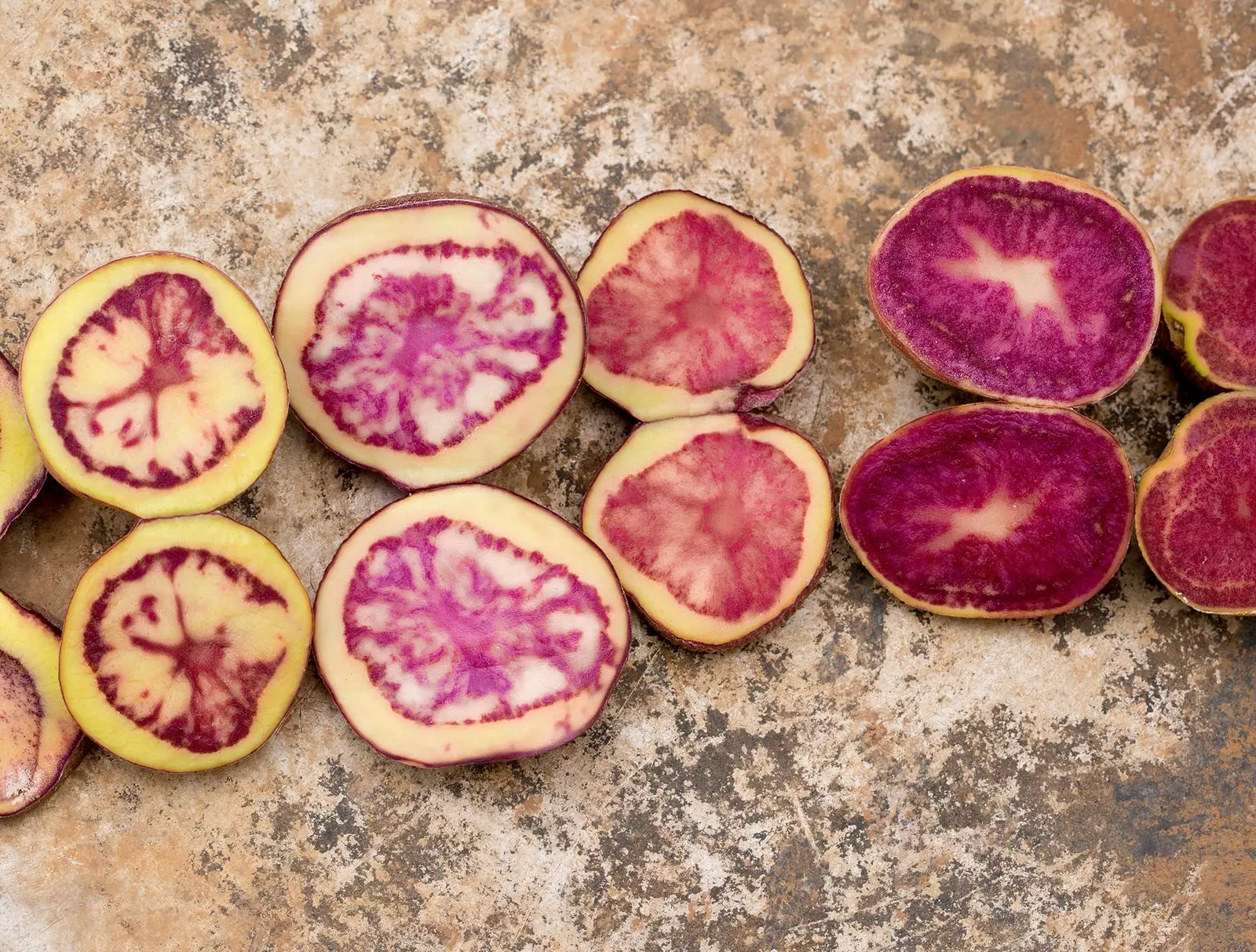
Cuts of different ecotypes of potatoes. Each cut is a year of evolution
The one that makes the daughter-in-law cry, the red jacket of a pig, the horn of a cow, an old patched hat, a spotted hand like a puma, a nose like a black llama... We could fill a telephone book with the names that farmers in the Peruvian Andes use to baptize the hundreds of varieties of potatoes, or potatoes , as they are called in Quechua, which are harvested at altitudes of more than 4,000 meters.
We know that the potato was born in Peru, and that the farmers of these lands cultivate more than 3,000 types that pass from generation to generation. are the calls native potatoes, result of the domestication and selection initiated 8,000 years ago by the high Andean settlers.
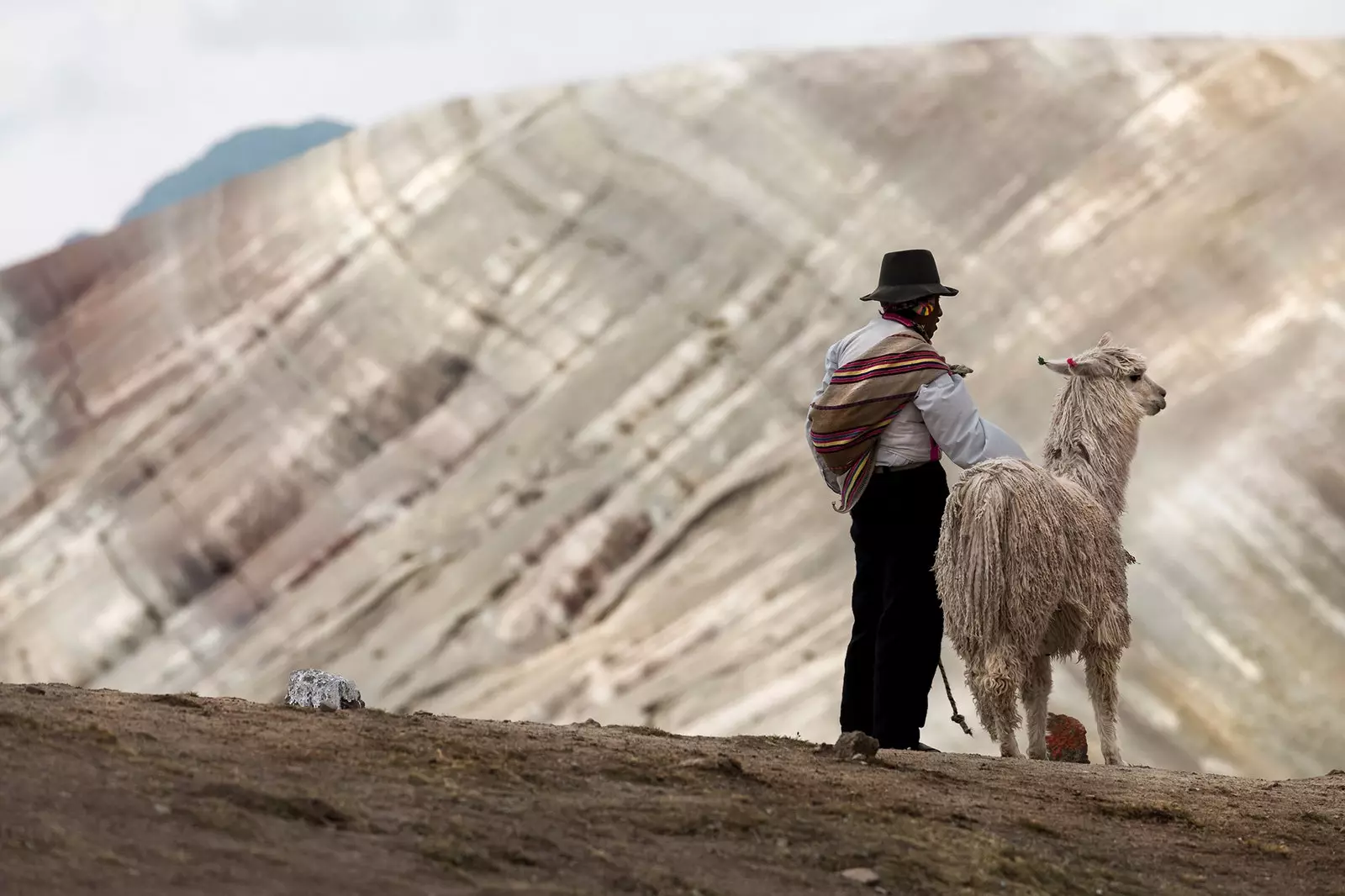
Andean farmer next to the Vinicunca mountain, at 5,200 meters
but still We know very little about its properties and potential to face ghosts such as climate change. For something, the potato was the first vegetable that NASA grew in space, given its ability to adapt to adverse climates. Also, these ancient varieties have proven to be more resistant and nutritious than those found in any supermarket.
The truth is that we are still citizens of the world of potato chips. In the streets of Lima it is easier to get imported overcooked potatoes than an authentic native potato harvested in the mountains of Peru. It is useless that it is one of the greatest treasures of the Inca empire, something that did not seem to interest the conquerors but ended up saving Europe from famine.
As it was, his destiny seemed to go to oblivion or perhaps to a few lines in some old logbook. But in these Andes mountains the paths of people as different and at the same time as similar as Manuel Choqque and Virgilio Martinez, and a new story began to be written.
More than 10,000 kilometers between planes, cars, buses and long walks to eat some colored potatoes that have just been removed from a piece of land at 4,000 meters high they seem crazy.
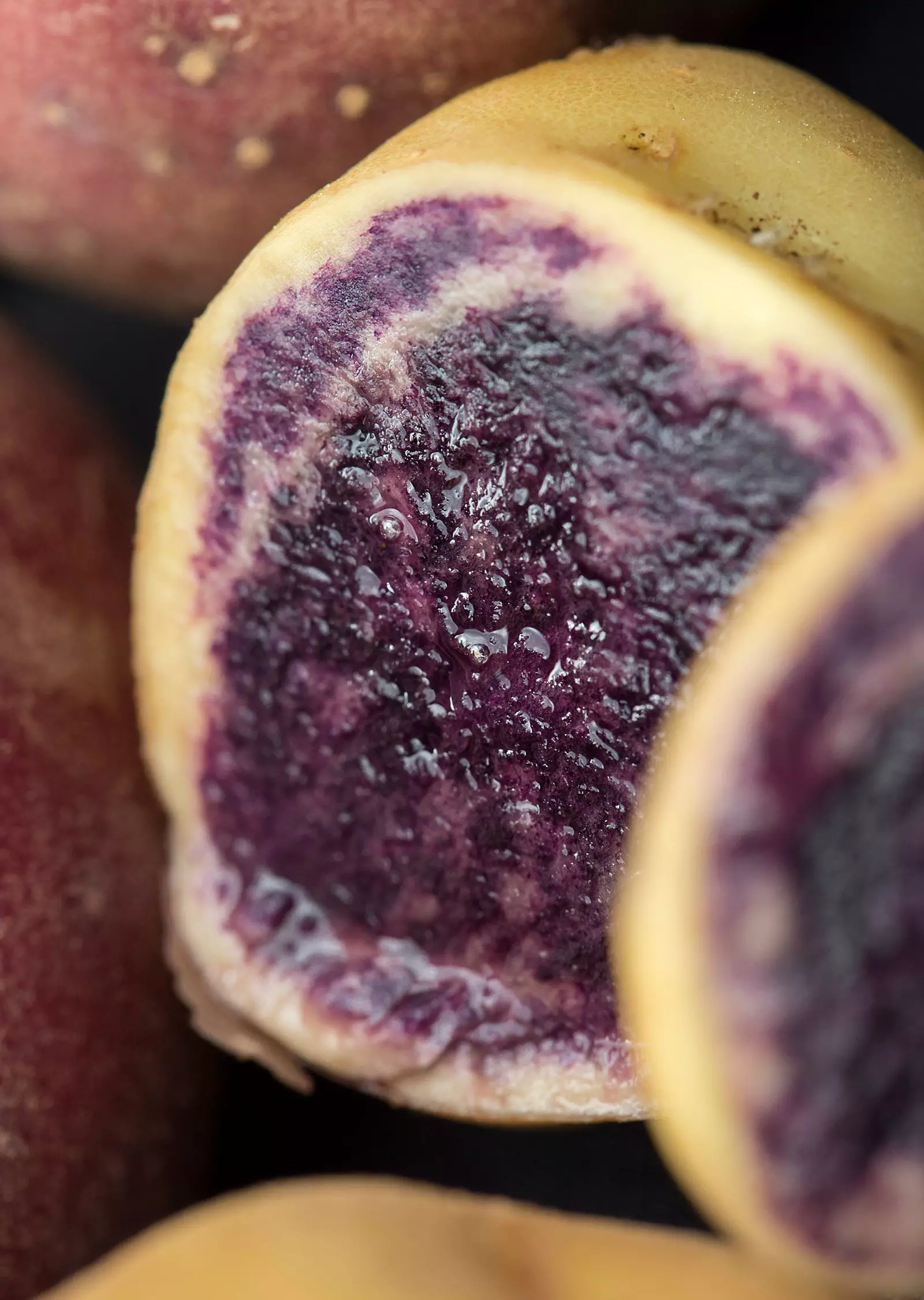
Papa Qeqorani
That leads me to think of the wacky ideas of Michael Pollan in his book The botany of desire , where he affirms that plants are intelligent beings that colonize and domesticate human beings, a mere instrument in his survival strategy, like a bumblebee that is attracted to a flower. And so, like a passionate bumblebee, I landed at the Alejandro Velasco Astete International Airport in Cuzco.
What was once the capital of the Inca empire is today mandatory stop for cultural and adventure tourism in Peru, not only because of the unquestionable value of its churches, palaces and squares, but also because of the need to acclimatize to 3,399 meters above sea level, altitude that surpasses even that of Machu Pichu.
Without a doubt, to get into native potato landscapes you have to leave Cuzco. But in what direction? The best in these cases is to go directly to the source.
Having had a wonderful meal at Marcelo Batata I was lucky to meet the chef Jose Luis, a passionate photographer who, in exchange for some advice, let me visit the kitchen armed with my cameras.
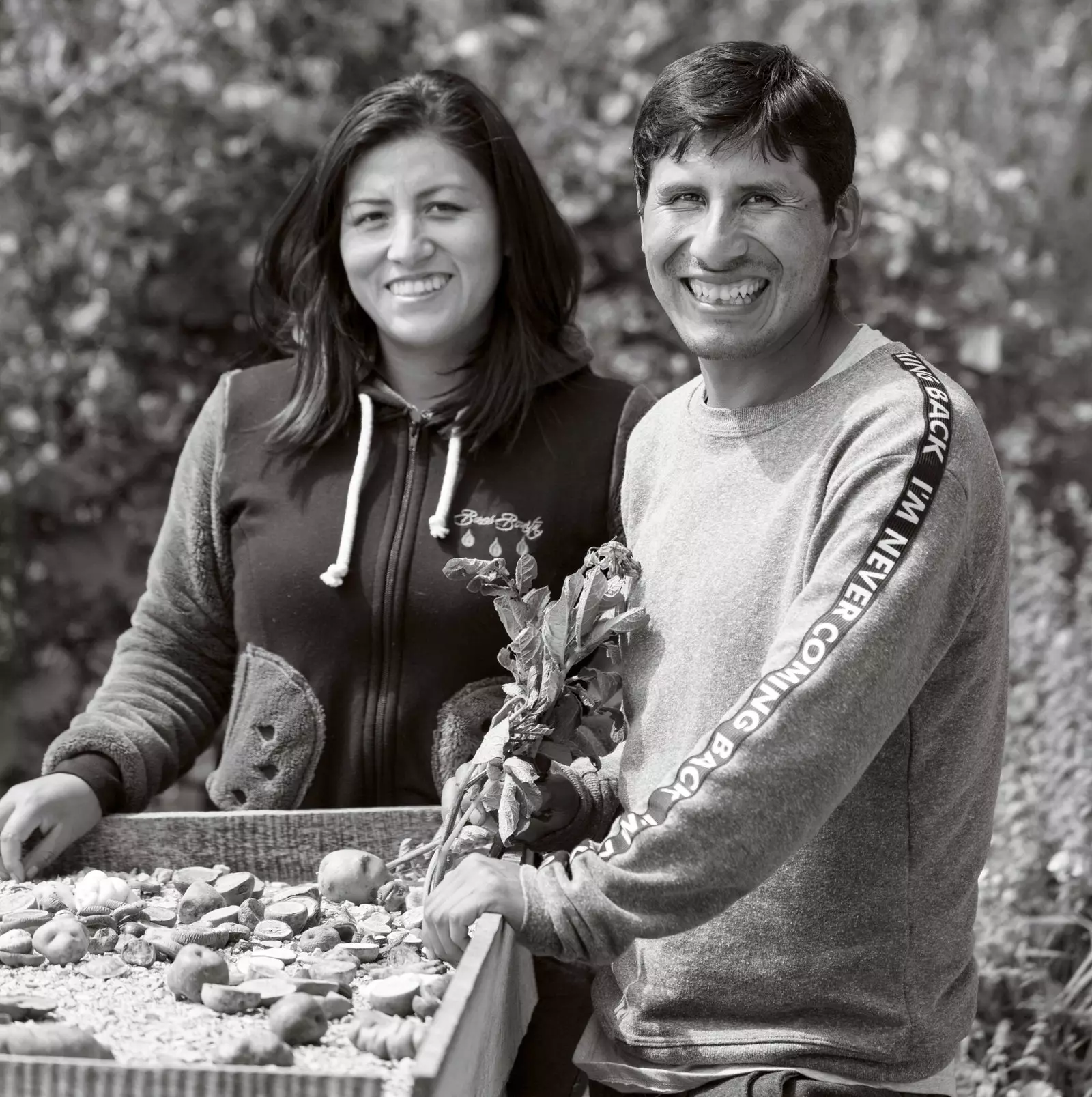
Margot Cusihuaman and Manuel Choque
I didn't suspect that my first native potato would be waiting for me solemnly on a modern industrial kitchen table, under lighting that could well be that of the archaeological museum in the Plaza de Armas. For a moment I thought I was looking at the Venus of Willendorf. But no, it was the Yuraq Llumchuy Waqachi, quechua name meaning 'mother-in-law's father'. Apparently, in some towns, young people who are going to get married have to prove their worth to their mother-in-law by being able to peel this sinuous potato with a knife and without breaking the skin.
Jose Luis explains that This variety is only found in the markets that are organized once a week in towns around Cusco, such as Chinchero. Nearby he knows a producer with whom he puts me in contact, Manuel Choque Bravo, young agronomist and fourth generation of farmers. He has won the Summum 2018 award for the best producer in Peru but he answers the phone like an embarrassed little boy.
Manuel insists that he not rent a car, that the best way to get to his field is by taking the public bus to the Guatate stop, before reaching Chichero. I start the journey in a dilapidated bus that leaves at dawn from the Urubamba terminal and immediately I understand that the important thing here is not comfort... but experience.
To my right, a man is traveling with a hen under his arm and to my left, a woman is carrying two babies, one human and one llama, hanging from her chest. The driver shouts my stop and when I want to realize I am standing in the middle of a dusty road that goes through the mountains. Manuel and his wife, Margot, appear almost immediately to meet me.
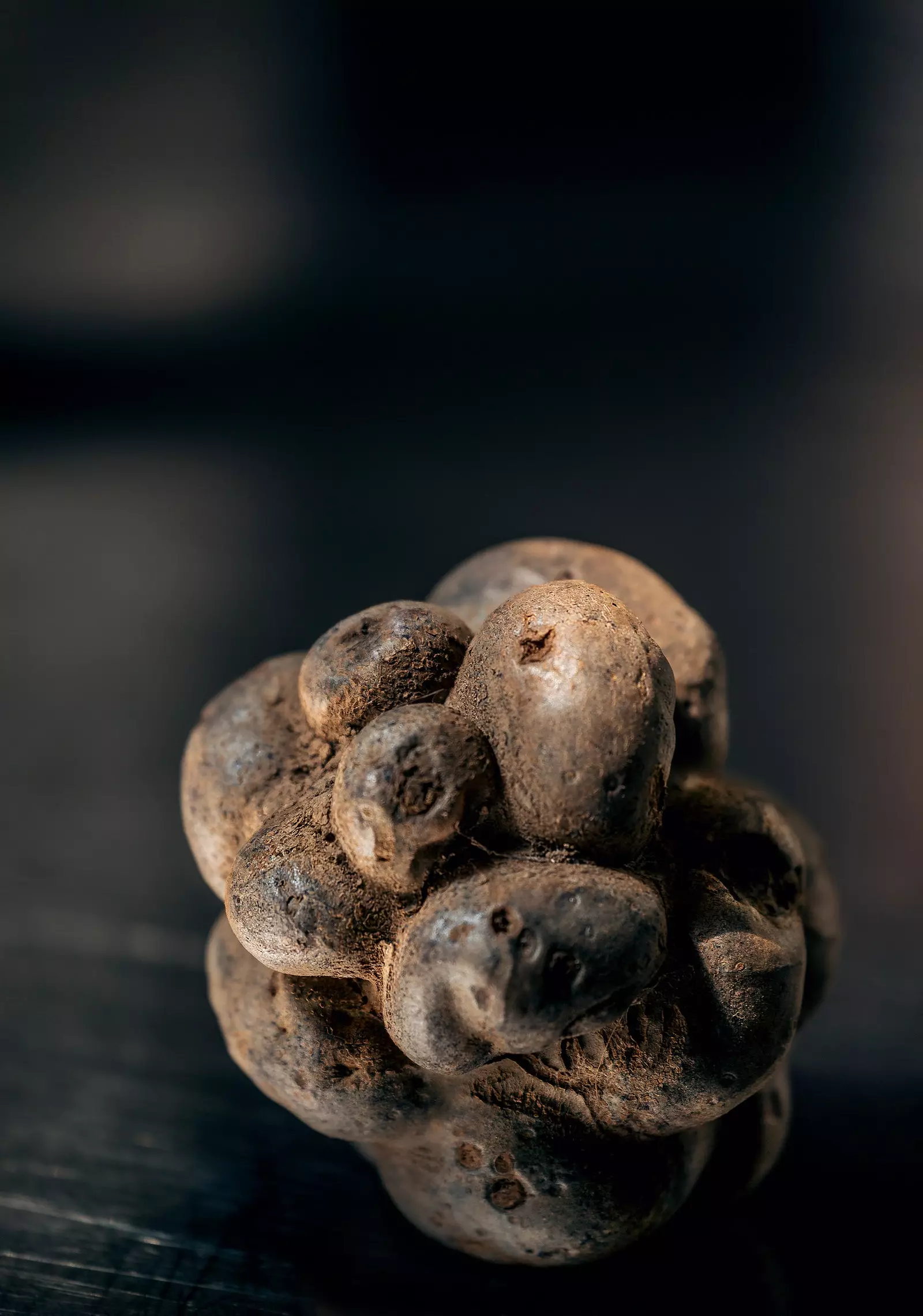
Variety with a long history called Yuraq Llumchuy Waqachi, known as 'mother-in-law's father'
Entering his chacra, a Quechua word for a field, is basically entering his house. Margot hurries to put on the table a large plate of potatoes that she has just prepared. Unpeeled and with just a pinch of salt, each bite reveals different flavors and colors, depending on the variety I choose. A potato dish that brings this story to life.
All the sophistication of this sensory experience comes from long conversations with the Pachamama; talks that began thousands of years ago in these mountains and that Manuel keeps alive today. They explain to me that hybridization or crossing of seeds It is something that their Inca ancestors began to do with wild potatoes to obtain varieties more resistant to different climates, from the Amazon jungle to the mountains. The goal today is improve pigmentation and thus increase antioxidants and beta-carotene.
The process begins crossing the pollen of the flowers of two different potatoes , rubbing that of one variety with that of the other causing those seeds to grow. A new variety has already been born. From the first generation come very small tubers. Of these, the ones with the best pigmentation are selected and replanted. So on, getting larger and stronger potatoes.
I can't stop asking about One thousand , the restaurant that Virgilio Martínez has launched in the Sacred Valley, in Moray, a few meters from the anthropological center for agricultural research.
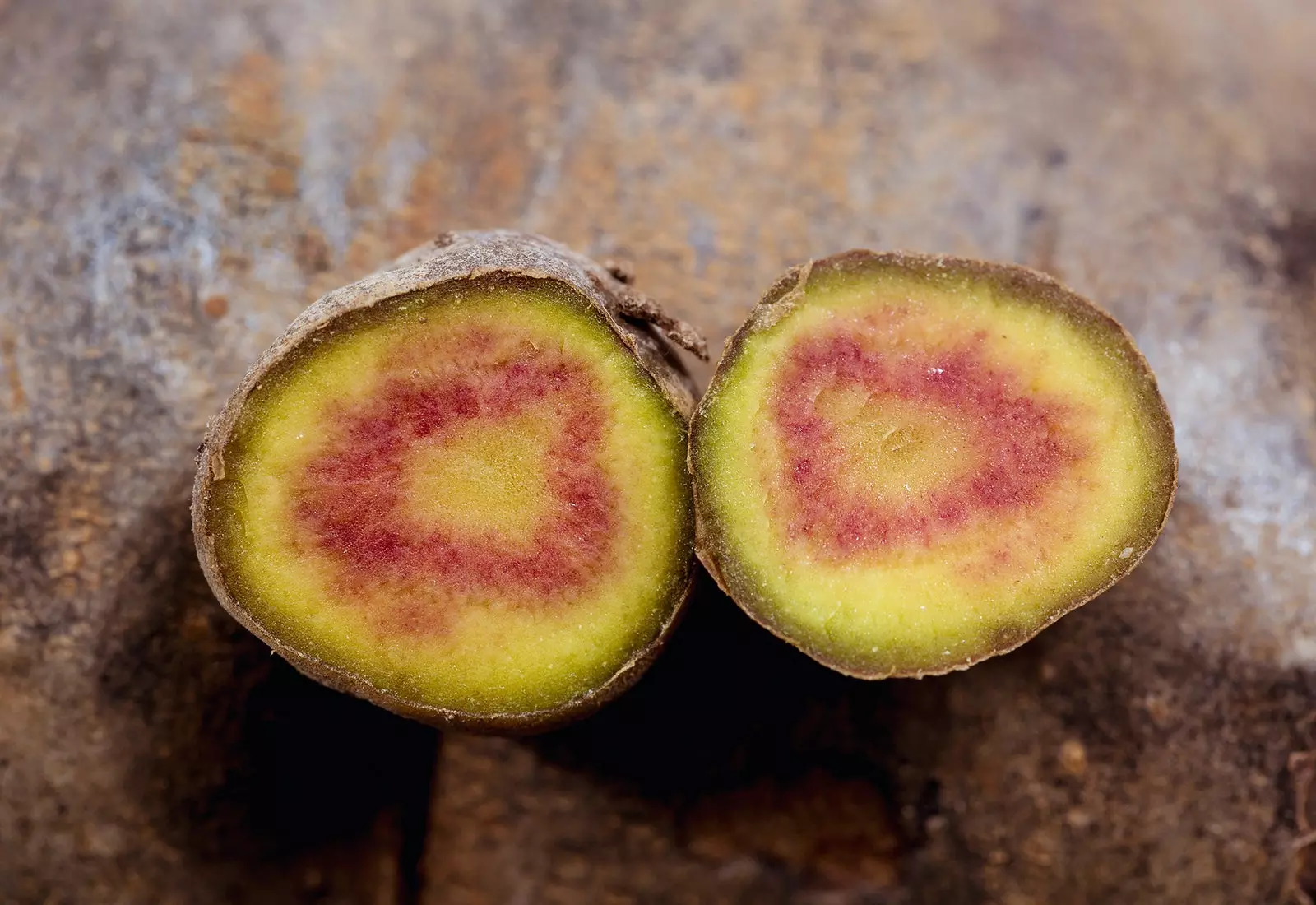
New native potato ecotype created by Manuel Choqque by crossing seeds
I also blurt out my frustration at not being able to get a table during my visit. Manuel smiles as he comments that Virgilio and his team are very busy people. Since the restaurant opened, Manuel called daily to let them know about his products.
After a while, a young anthropologist with dreadlocks appeared on his farm, Francesco D'Angelo, adviser for the relationship with the agricultural communities of Mater Initiative, a project that Virgilio and his sister Malena launched to document and classify natural products from the Peruvian countryside that, due to lack of use or ignorance, were disappearing from gastronomy. This was the beginning of a great friendship.
Currently, Mil's tasting menu features blue potatoes and oca fermentation, another type of potato, that Manuel and Margot make by hand. They say it calmly, without giving importance. But in his eyes there shines that lightning that is always associated with the strong, those who never give up.
When it's time to say goodbye, they give me one last surprise: “Say hello to the people of Mil for us. They have prepared a table for you this afternoon.”
Access to Mil takes you through a dirt road that ascends between mountains up to 3,568 meters. It is a somewhat Spartan structure that gives prominence to the romance of forms offered by the clouds in their attempt to connect with the Andean mountain range.
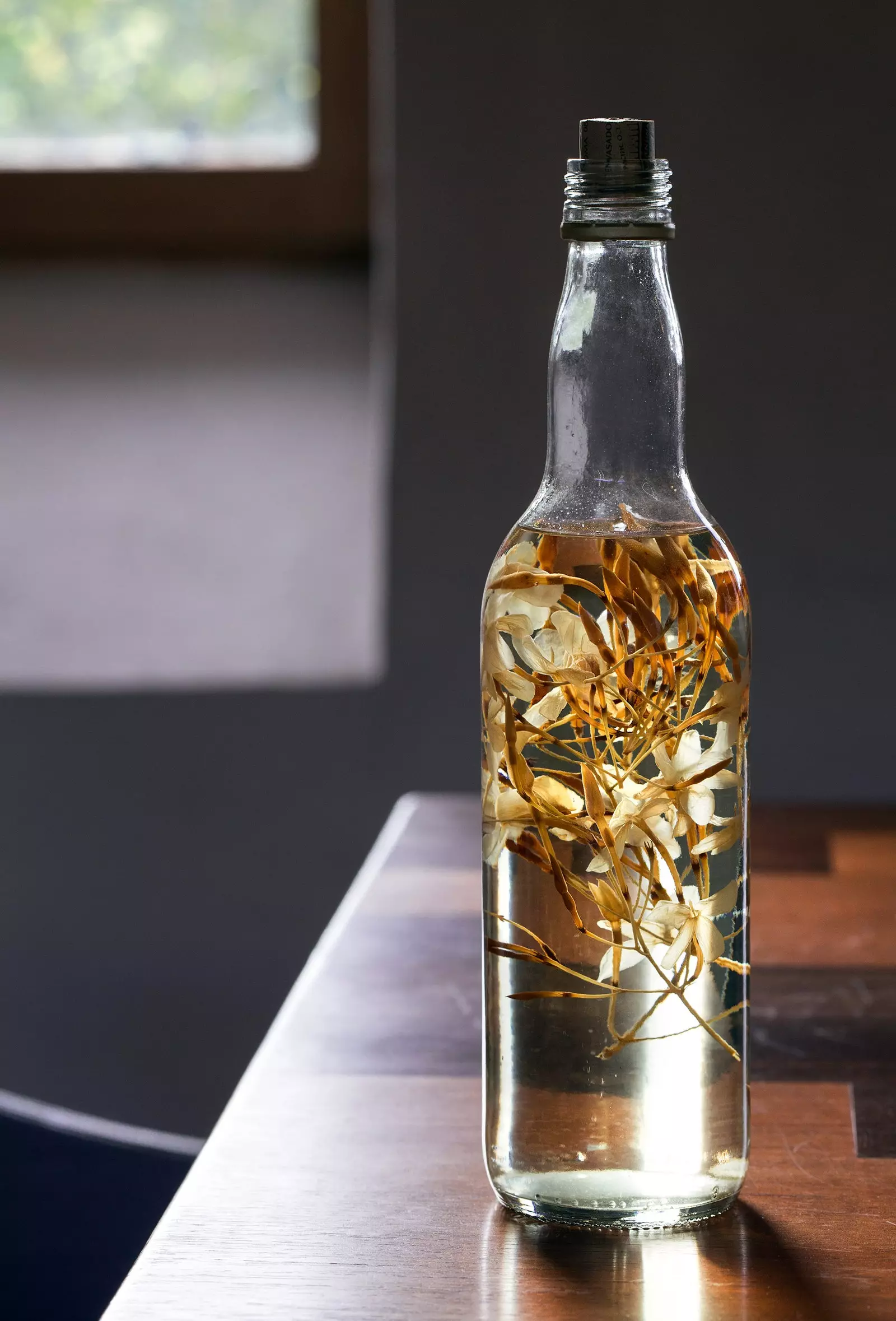
Moray tuber distillate
The interior revolves around a central patio that offers a total vision of the space, since more than walls there are large windows. Perhaps out of inertia and also out of curiosity, I entered the research department of Mother. While some students classify plants and ferments, you can see the elaboration of the different phases of the coffee bean.
The menu is organized at times that correspond to the products and techniques offered by the different elevations of the Peruvian ecosystem. Virgilio has applied to his food the sophistication of those ancient terraces in the form of concentric rings and he has paid tribute to them with this gastronomic experience.
Before leaving Peru, he had been lucky enough to meet him at Central, his famous restaurant in Lima. There he made it clear that, after all the road he had traveled, after all his travels around the world, his cooking had started over at Moray. This is where he realized that the important thing was not to dominate the horizon... but the height.
***** _This report was published in **number 130 of Condé Nast Traveler Magazine (July-August)**. Subscribe to the printed edition (11 printed issues and a digital version for €24.75, by calling 902 53 55 57 or from our website). The July-August issue of Condé Nast Traveler is available in its digital version to enjoy on your preferred device. _
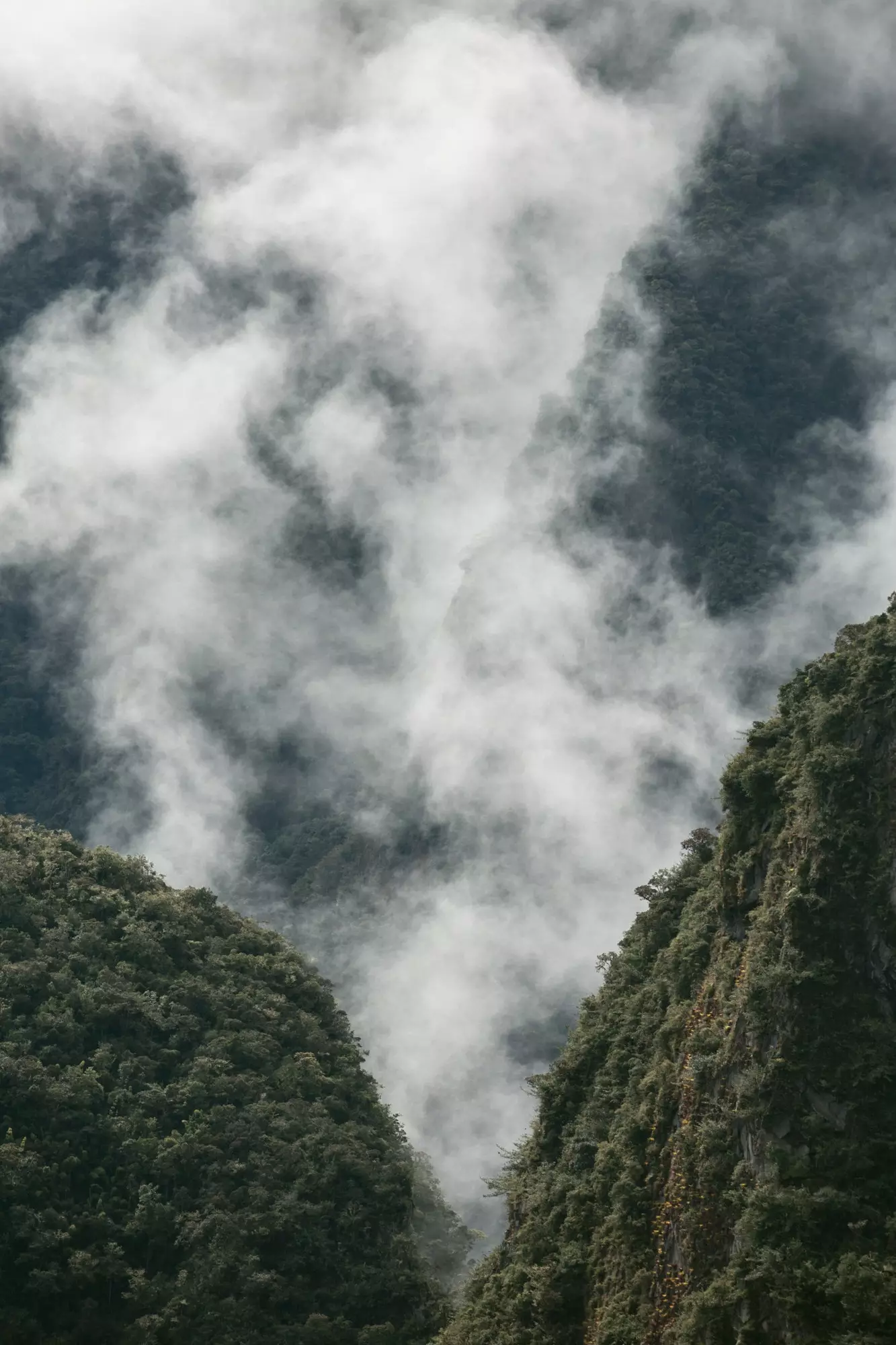
Clouds trapped in the Sacred Valley
